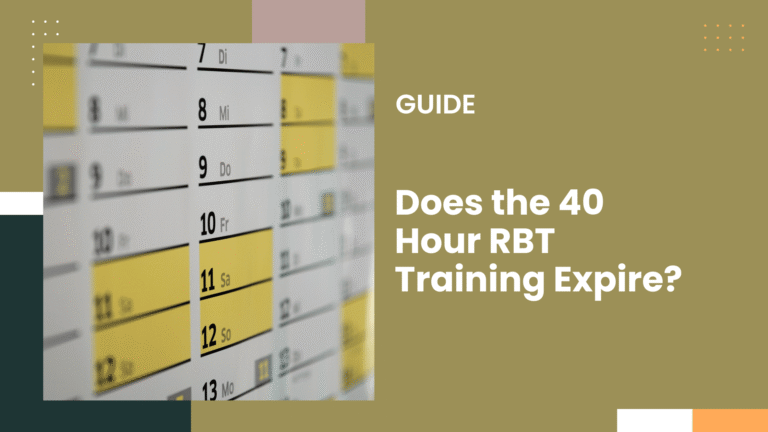How can Performing Discrete Trials be Demonstrated on the Initial Competency Assessment?

Performing discrete trials on the initial competency assessment is demonstrated by running the full DTT sequence – SD, client response, consequence, and inter-trial pause, either with a client or in role-play, under a BCBA/BCaBA assessor’s direct observation for proficiency.
Can You Show Discrete Trials on the Initial Assessment?
Yes, you can, and you should show Discrete Trials on the Initial Assessment.
Basically, the RBT Initial Competency Assessment requires you to demonstrate skill-acquisition methods, and Discrete Trial Training (DTT) is one of them.
You’ll be asked to show it in action:
- With a real client, while your assessor watches.
- In role-play, where your assessor or another person pretends to be the client.
- In rare cases, by explaining the steps during a live interview.
My personal advice from someone who has gone through it is that they expect you to perform it and not just describe it.
How to Perform Discrete Trials the Right Way?
As i was saying above, when you demonstrate DTT, you can’t just wing it as the assessor will wants to see and you to show that you understand the sequence and can deliver it correctly.
So, here’s a simple breakdown:
- SD (Discriminative Stimulus) → Give a clear instruction.
- Response → Wait for the client’s action.
- Consequence → Provide immediate feedback (reinforcement if correct, correction if not).
- Inter-Trial Interval → Pause briefly before starting the next trial.
That’s it, if you follow these four steps, delivered smoothly, repeated consistently, you will be good to go.
Rules You Must Follow During Competency
I see most of the time, even my students thinking you can freestyle this. The BACB has strict rules:
- You must finish your 40-hour RBT training before doing the competency.
- The competency must be completed within 90 days of submitting your application.
- Your assessor has to be a BCBA or BCaBA working in the same setting, or someone they delegate, but the BCBA remains responsible.
- If you don’t get it right the first time, they’ll give feedback. Then you do it again until you show proficiency.
There are rules and guidelines for a reason, as they aren’t optional. You have to demonstrate competence, not just partial knowledge.
Is Discrete Trial Training Allowed?
Yes, they are allowed, and not only is it allowed, but it’s required. DTT is listed under the RBT Task List as a core skill-acquisition method.
That means you can’t skip it, and your assessor can’t either.
Think of it this way: the whole point of the assessment is to prove you can run the procedures you’ll actually use on the job.
So, Discrete trials are foundational, and that the reason why they’re built and baked into the exam.
My Experience Coaching Students on DTT
I’ve sat with students who panicked the first time they had to show a discrete trial.
One told me, “I knew the steps in my head, but the second I had to demonstrate, I froze.”
So, we broke it down, rehearsed it slowly, and within a few tries, they were delivering clean, confident trials.
James, who is another student of mine, was trying to overcomplicate it by adding too many prompts and talking too much between steps.
I reminded him, “Just follow SD → response → consequence → pause,” and it clicked.
They passed their assessment easily.
So, what I can tell is that these are not the toughest tests; you just need to take these moments in and remind yourself that you don’t need to be perfect, you just need to be clear, consistent, and ready to take feedback.






